Recipe : Soba Tsuyu (Men-tsuyu)
Men-tsuyu (Soup for noodles) is an all-purpose soup stock seasoned with soy sauce, mirin (sweet cooking sake), and sake. It can be used not only for udon and soba noodles, but also for stewed dishes.
Men-tsuyu (Soup for noodles) is an all-purpose soup stock seasoned with soy sauce, mirin (sweet cooking sake), and sake. It can be used not only for udon and soba noodles, but also for stewed dishes.
Gyoza no Kawa (餃子の皮) is a thin skin made from wheat flour and strong flour. In Japan, commercial gyoza dough is usually used, but in the case of homemade gyoza, the thickness of the skin can be adjusted as desired.
My family and I visited Kochi prefecture last week.
Kochi is located in the south western from Tokyo and belongs to shikoku, which means four islands/prefectures.
Thanks to the warm weather and rich atmosphere with plenty of mountain and sea side, Kochi offers various local cuisines including tuna steak, Sarabachi-ryori (a course of small dishes in a big plate), Hat-shape bread, Sweet potato chips, Yuzu and more!
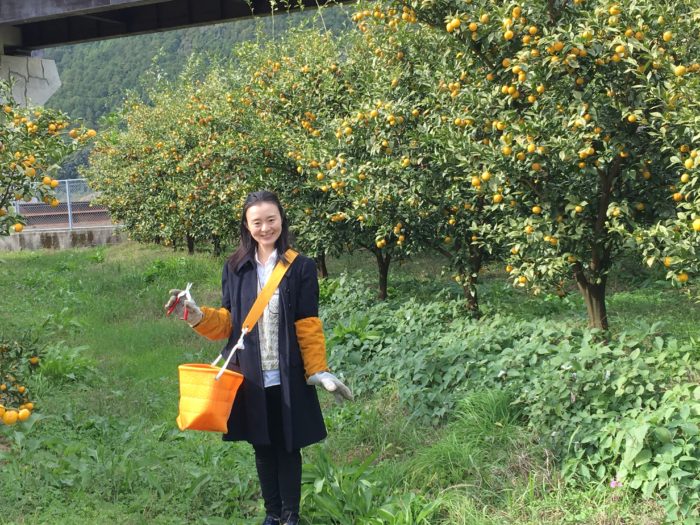
The highlight of our trip was “YUZU Hunting”!
We visited local YUZU farm in kitagawa village which is about 2 hours drive from Kochi-city.
On weekend, I make homemade pizza for dinner. My son Kengo is interested in cooking (or tasting) recently so I put small chair next to me so that we can cook together.
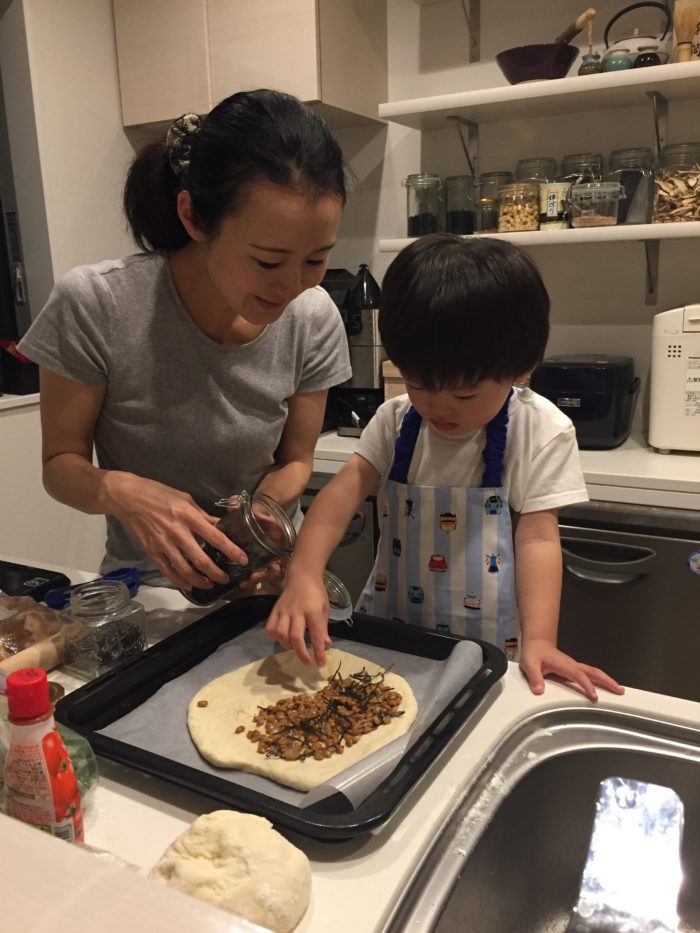
We usually make four kinds of pizza. Recently, we tried those four.
1. Tomato sauce, Cherry tomato, Garlic, Basil, Cheese, Olive oil
2. Natto (fermented soybeans), Nori seaweed, Salted kelp, Lotus root, Sesame oil
3. Cheese, Sweet corn, Mayonnaise, Bacon
4. Basil sauce, Avocado, Kale, Potato, Asparagus
It’s always fun to do the experiment to find the best combination.
I think Kengo eats more vegetables than before.
Next time, what ingredients shall we put? If you have a recommendation, please tell us!
In our classroom, my husband put a new shelf under the TV. So, I decorated my favorite travel guides and cookbooks as well as “Maneki-neko” (Beckoning cat / good-luck cat). So inspiring!
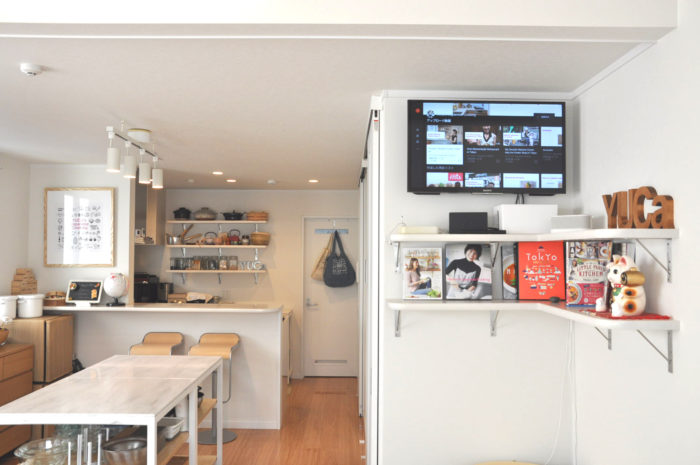
The height of those shelves are the same as of those in my kitchen.
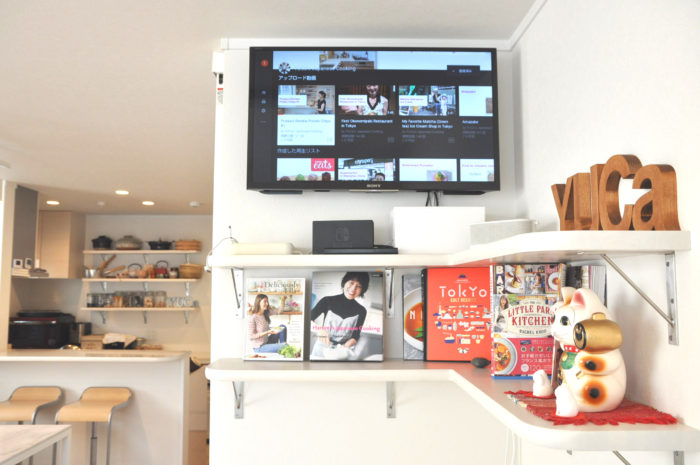
Can you see that? What a good design!

Under the shelf, we put a giant sake barrel from Tatenokawa sake company. So COOL!!! Tatenokawa is a premium sake company from Yamagata prefecture. Yamagata prefecture is located in the northern part of Japan, which makes amazing clear water and sake rice. For more about Tatenokawa and their premium sake products, please check their website here !
Recently, I hold the private class for the guests from Holland. They are planning to open their Ramen shop and serve Matcha desserts for sweets menu. (Amazing!!!) Since they have a strong passion and strategy for opening the new shop, we communicated often to plan the menus in advance.
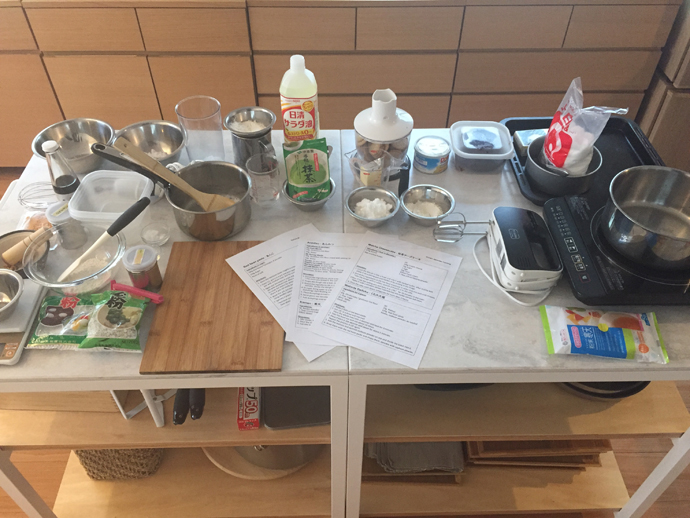
In this class, I taught how to make Matcha cheesecake, Warabi Mochi, Matcha Roll cake, Walnut Daifuku Mochi, White & Yomogi Mochi to make Anmitsu (Japanese style parfait). I also introduced how to make Kanten (Jelly made of Agar agar), Matcha Ice cream, Matcha syrup, Milk syrup and red bean paste. It takes 2 hours to make all of them but I was pretty happy to complete it!
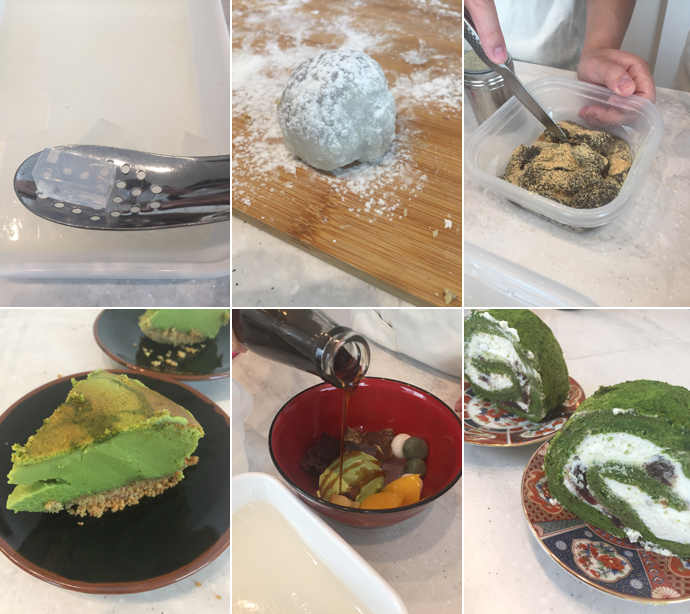
If you are interested in Matcha class or Japanese sweets class, please send me a message via contact form! I am always happy to help you!
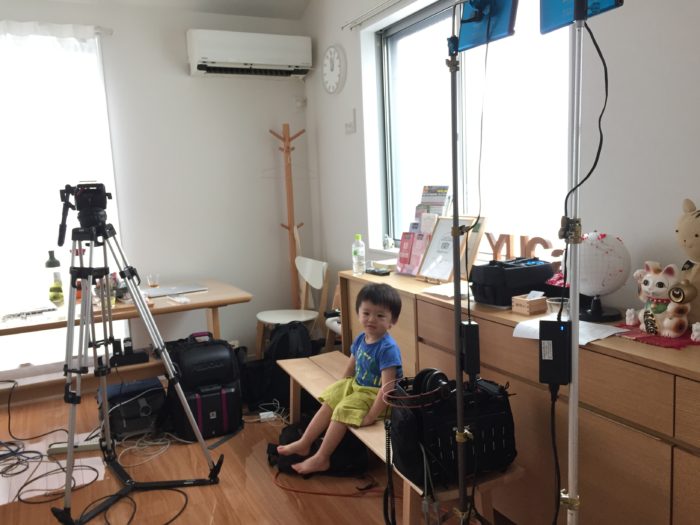
My son Kengo and cameras…
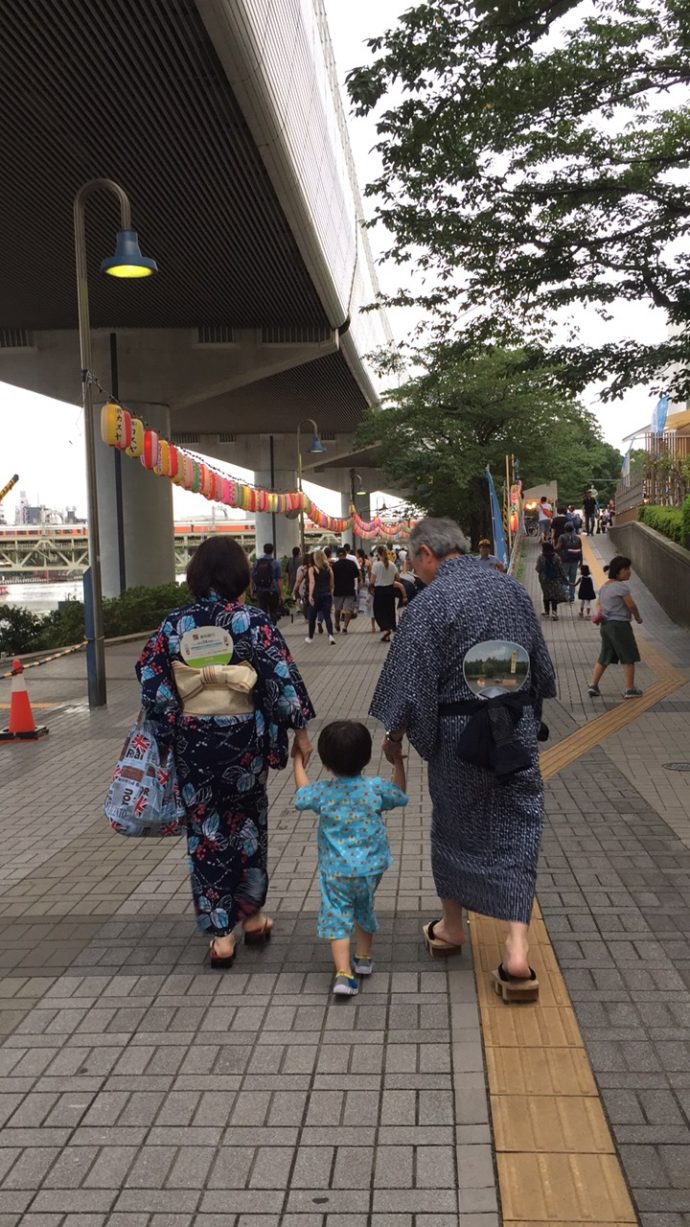
My parents and my son going to the summer festival!
Interview with Medium.com
– Ramen, Gyoza, and Miso: YUCa is the Tokyo cook simplifying Japanese cuisine
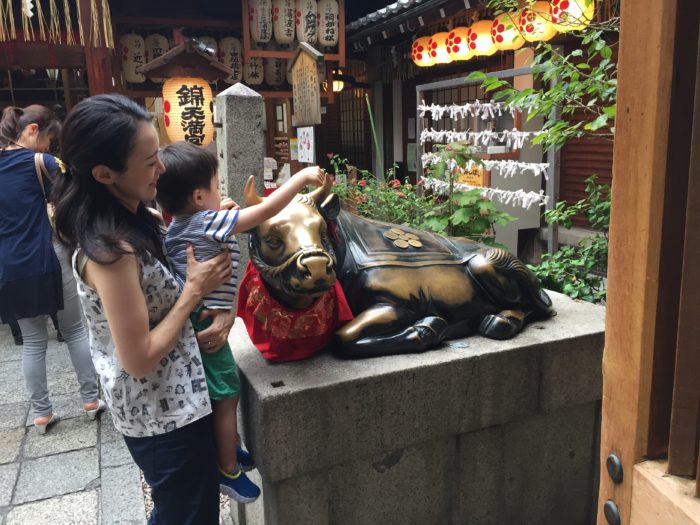
Photo taken at Nishiki Tenman-gu Shrine in Kyoto (August, 2017)
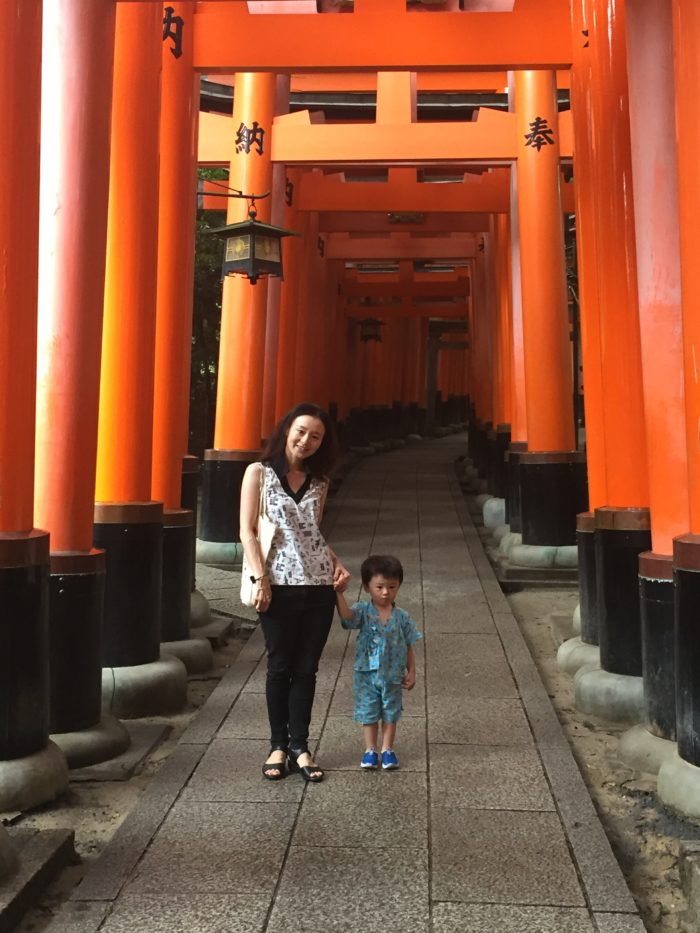
Photo taken at Fushimi Inari Taisha in Kyoto (August, 2017)
In early summer, we have a rainy season called Tsuyu (or Baiyu) here in Japan. Tsuyu literally means “Plum rain”. Coincidentally, it is also the season of plum ripening.
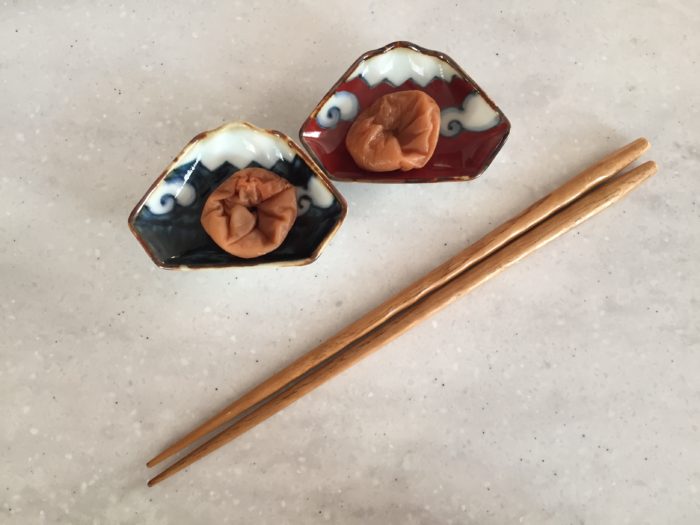
The rainy season is caused by the collision of cold northerly and warm southerly air masses, which results in a relatively stable bad weather front over the Japanese archipelago for several weeks.
In most of Japan, the rainy season lasts from the beginning of June to mid July. Only Japan’s northern most main island of Hokkaido usually doesn’t get affected by the rainy season. I think it’s very unique!
The most common way to enjoy Plum is to pickle them. It is said that the most oldest pickled plum is the one made in Muromachi period.
The main nutrition of pickled plum is the citric acid, which is the main factor of sourness. This has the effect of “fatigue reduction”. And it breaks the “lactic acid” in the muscle which is the cause of the fatigue, suppresses and also works on lactic acid in the blood, so it’s also effective in arteriosclerosis, rheumatism and a poor circulation measure.
It is also said that citric acid helps to secrete saliva, removes the oxygen radical which causes the origin of cancer, makes the movement of internal organs active, digests and helps absorption.
Additionally, citric acid suppresses multiplication of the bacteria which causes food poisoning. So, citric acid has the effect which can defer decaying food, and they’re the ideal ingredients in the humid season.
Rice and pickled plum lunch box called “Hinomaru Bento” might be quite reasonable in Japan with the high humidity. I also like pickled plum so I usually put them in my bento box.
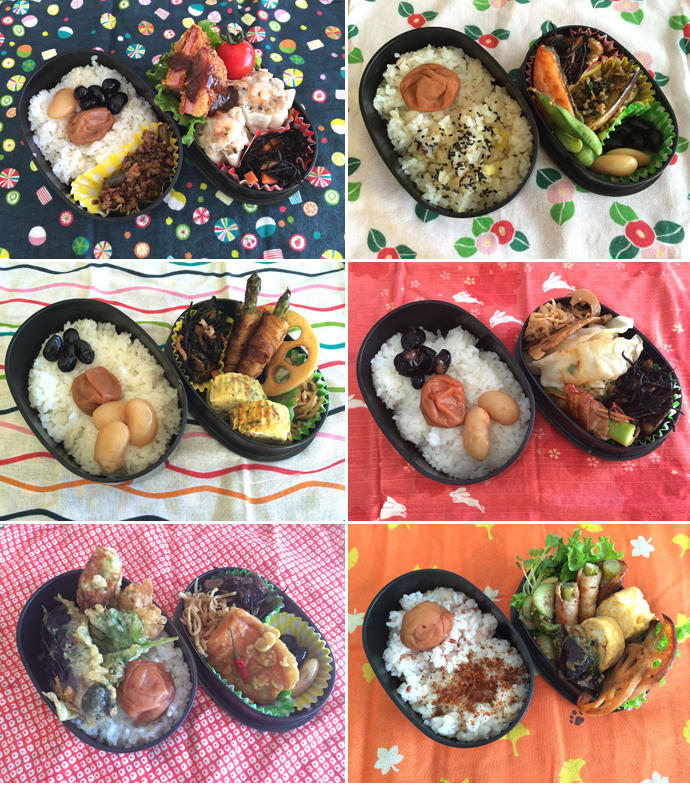
Have you ever had Okonomiyaki ? Okonomiyaki is the Japanese style savory pancake. We usually put cabbage, spring onion, egg, tempura batter, shrimp and bacon etc.
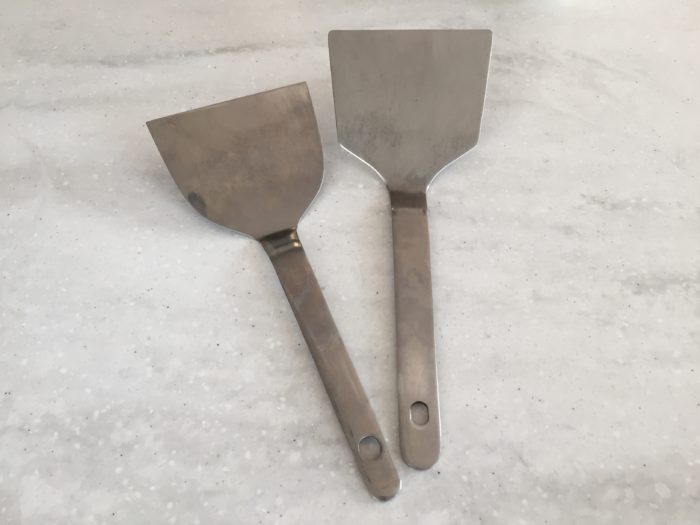
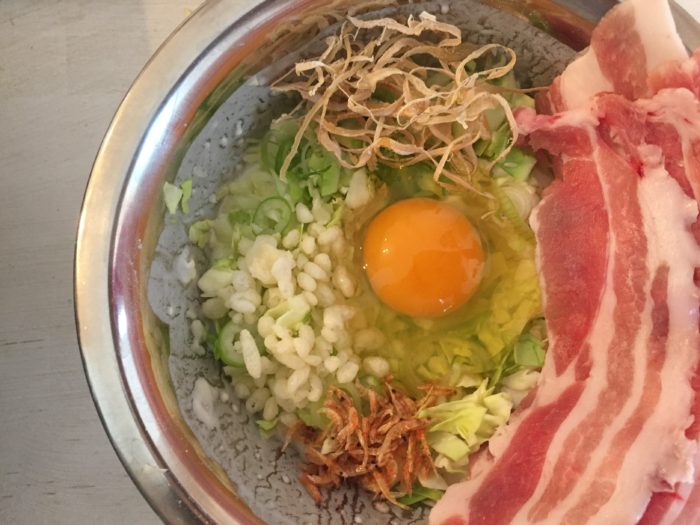
There are two kinds of Okonomiyaki in Japan. They are Osaka-style and Hiroshima-style Okonomiyaki. In my class, I teach Hiroshima-style Okonomiyaki since it’s more fun and you need to do more flipping! (Don’t worry! I can teach Osaka-style Okonomiyaki if you request.)
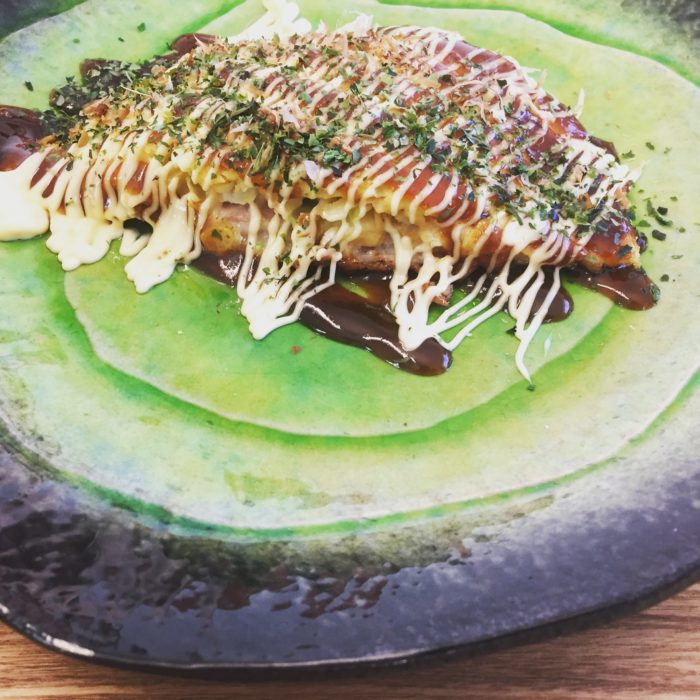
And this stainless spatula called “Okoshi-gane” is the MUST item to enjoy Okonomiyaki. What is interesting about this tool is that this can be both knife and spoon. So, you can cut Okonomiyaki into bite-size pieces and scoop it. Would you like to try using it? Come and join our Okonomiyaki & Gyoza class !